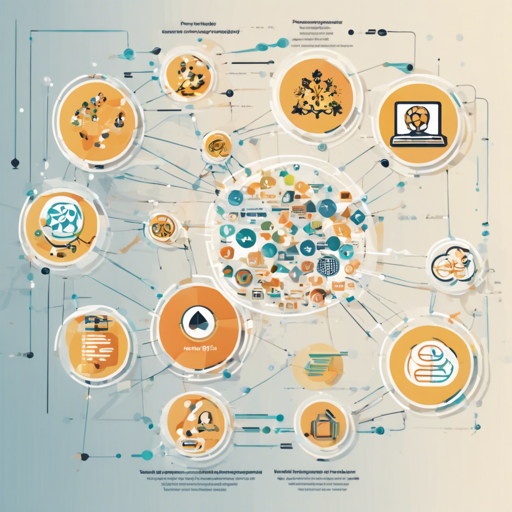Welcome to our guide on using BERT-based models for token classification and dependency parsing specifically tailored for the Vietnamese language. By the end of this article, you’ll be able to tag parts of speech (POS) and understand the dependencies between words using the bert-base-vietnamese-upos model.
What’s this all about?
The bert-base-vietnamese-upos model is a pre-trained BERT model designed for Vietnamese texts. It helps in identifying the grammatical structure of sentences by tagging each word with its corresponding part of speech and other dependencies. Think of a skilled teacher analyzing students’ strengths and relationships in a classroom—this model helps us understand the role each word plays in the larger context of a sentence.
How to Set It Up
Setting up this pipeline involves just a few simple steps. Let’s walk through it:
- First, import the necessary libraries:
transformersfor model handlingesuparfor advanced parsing (optional)
from transformers import AutoTokenizer, AutoModelForTokenClassification, TokenClassificationPipeline- Load the tokenizer and the model using:
tokenizer = AutoTokenizer.from_pretrained('KoichiYasuokabert-base-vietnamese-upos')
model = AutoModelForTokenClassification.from_pretrained('KoichiYasuokabert-base-vietnamese-upos')
pipeline = TokenClassificationPipeline(tokenizer=tokenizer, model=model, aggregation_strategy='simple')- Next, create a simple function for processing your text:
nlp = lambda x: [(x[t['start']:t['end']], t['entity_group']) for t in pipeline(x)]- Finally, input your Vietnamese text to see the output like this:
print(nlp('Hai cái đầu thì tốt hơn một.'))Optional: Advanced Parsing with esupar
If you want more advanced parsing capabilities, you can use the esupar library:
- First, import and load the model:
import esupar
nlp = esupar.load('KoichiYasuokabert-base-vietnamese-upos')- Similarly, process your text:
print(nlp('Hai cái đầu thì tốt hơn một.'))Troubleshooting Common Issues
Here are some common issues you might face while working with the model, along with troubleshooting tips:
- Error loading model: Ensure that you have the correct model name and are connected to the internet.
- Inconsistent outputs: Make sure that the input text is correctly formatted. The model may not perform well with incomplete sentences.
- Dependencies not detected: Try different sentences for testing. The model may sometimes struggle with less common sentence structures.
For more insights, updates, or to collaborate on AI development projects, stay connected with fxis.ai.
Conclusion
With the power of the DERT-based Vietnamese model, you can efficiently tag parts of speech and analyze sentence structure. Such advancements are crucial for understanding and processing languages beautifully and accurately.
At fxis.ai, we believe that such advancements are crucial for the future of AI, as they enable more comprehensive and effective solutions. Our team is continually exploring new methodologies to push the envelope in artificial intelligence, ensuring that our clients benefit from the latest technological innovations.

